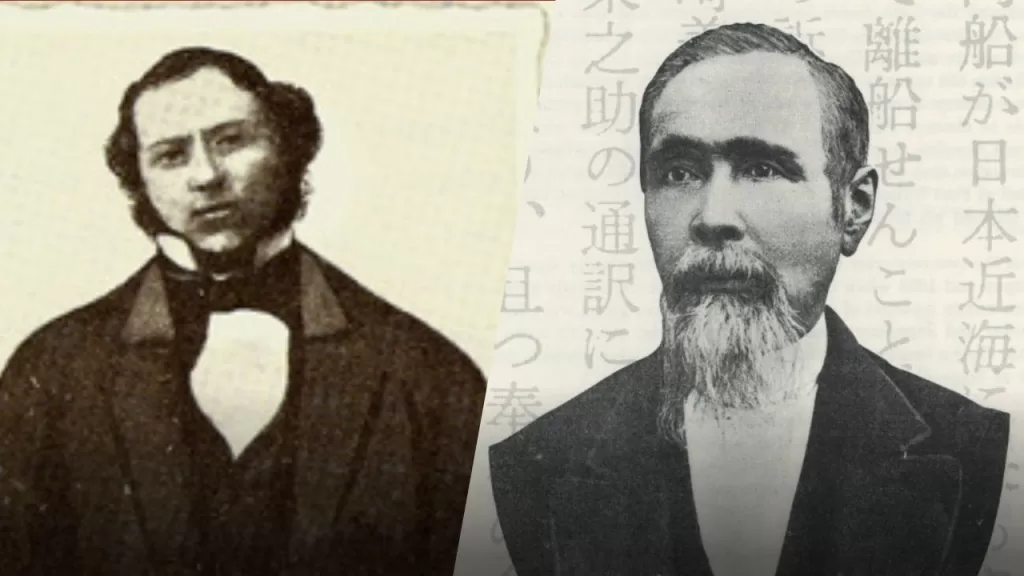The Curious Tale of Ranald MacDonald, Japan’s First English Teacher
In 1848, a 24-year-old man named Ranald MacDonald arrived on the shores of northern Japan after convincing the captain of a whaling ship to set him adrift in a small boat. This was no accident – MacDonald had planned his journey carefully, intending to make contact with the isolated nation that had banned nearly all foreigners for over 200 years.

MacDonald was the son of a Scottish fur trader and a Chinook princess from present-day Washington state. After working as a bank clerk and sailing on whaling ships, he became fixated on the idea of visiting Japan, believing its people may be descendants of Native Americans. Despite the very real risk of imprisonment or death for trespassing in Japan during this period, MacDonald was undeterred.
Once ashore, MacDonald pretended to be a shipwreck victim to avoid immediate execution by Japanese authorities. He was transported under guard to Nagasaki, the only Japanese port open to outsiders. There, MacDonald spent months as a quasi-prisoner, teaching English to 14 samurai interpreters.
One of his most gifted students was Einosuke Moriyama, who later played a pivotal role as translator when Commodore Matthew Perry negotiated the opening of Japan to American trade in 1854. Thanks in part to the English skills MacDonald passed on, Japan ended over two centuries of isolation and began modernizing rapidly in the Meiji era.
After leaving Japan, MacDonald led a restless life as a sailor, gold miner, and trader across the Pacific Northwest. He died penniless and little-known in 1894, but his legacy lives on as the first pioneer of English language teaching in Japan. The curious tale of Ranald MacDonald reveals the power of cross-cultural connection and one man’s dream of reaching across oceans to bridge divides.